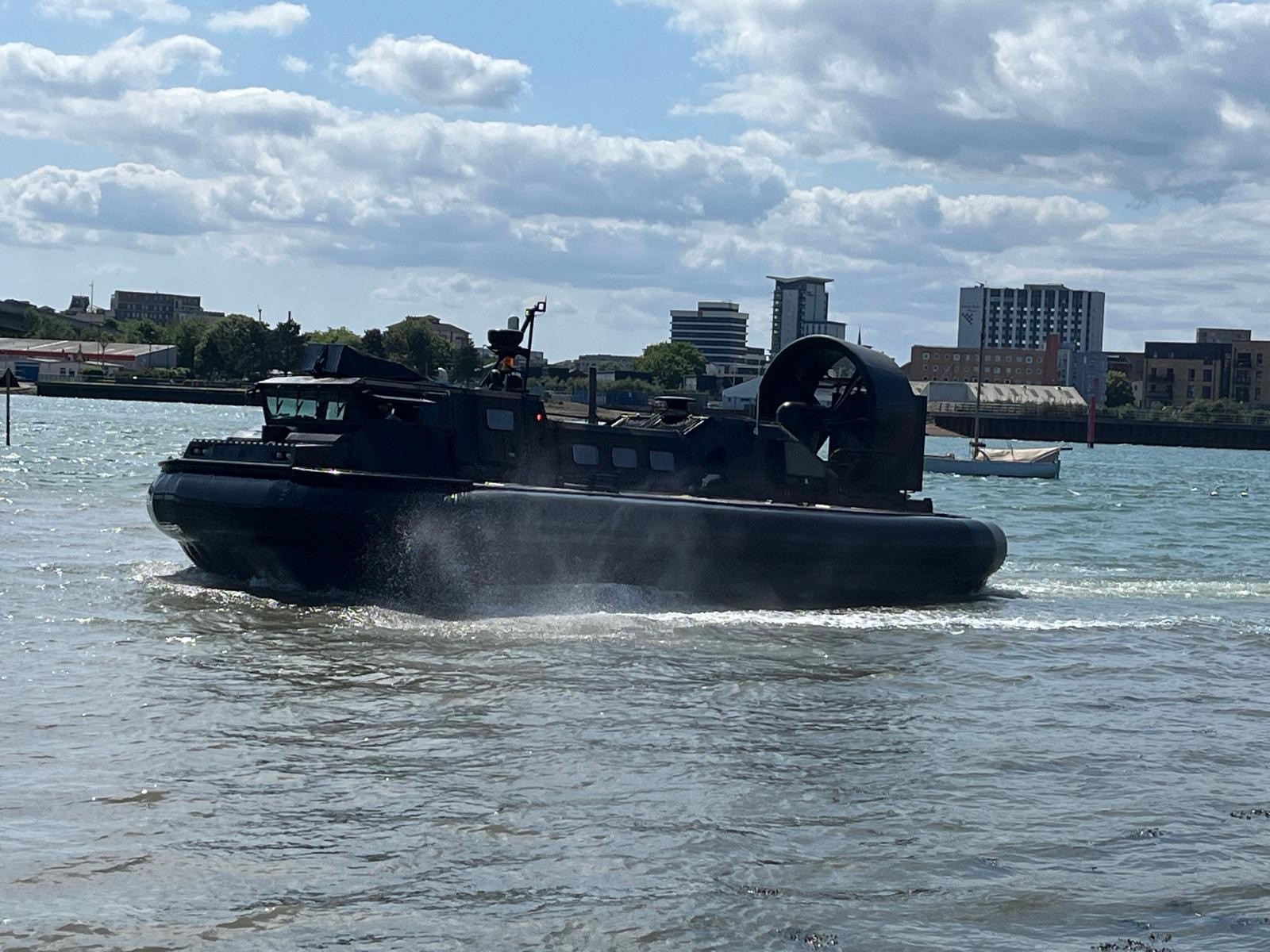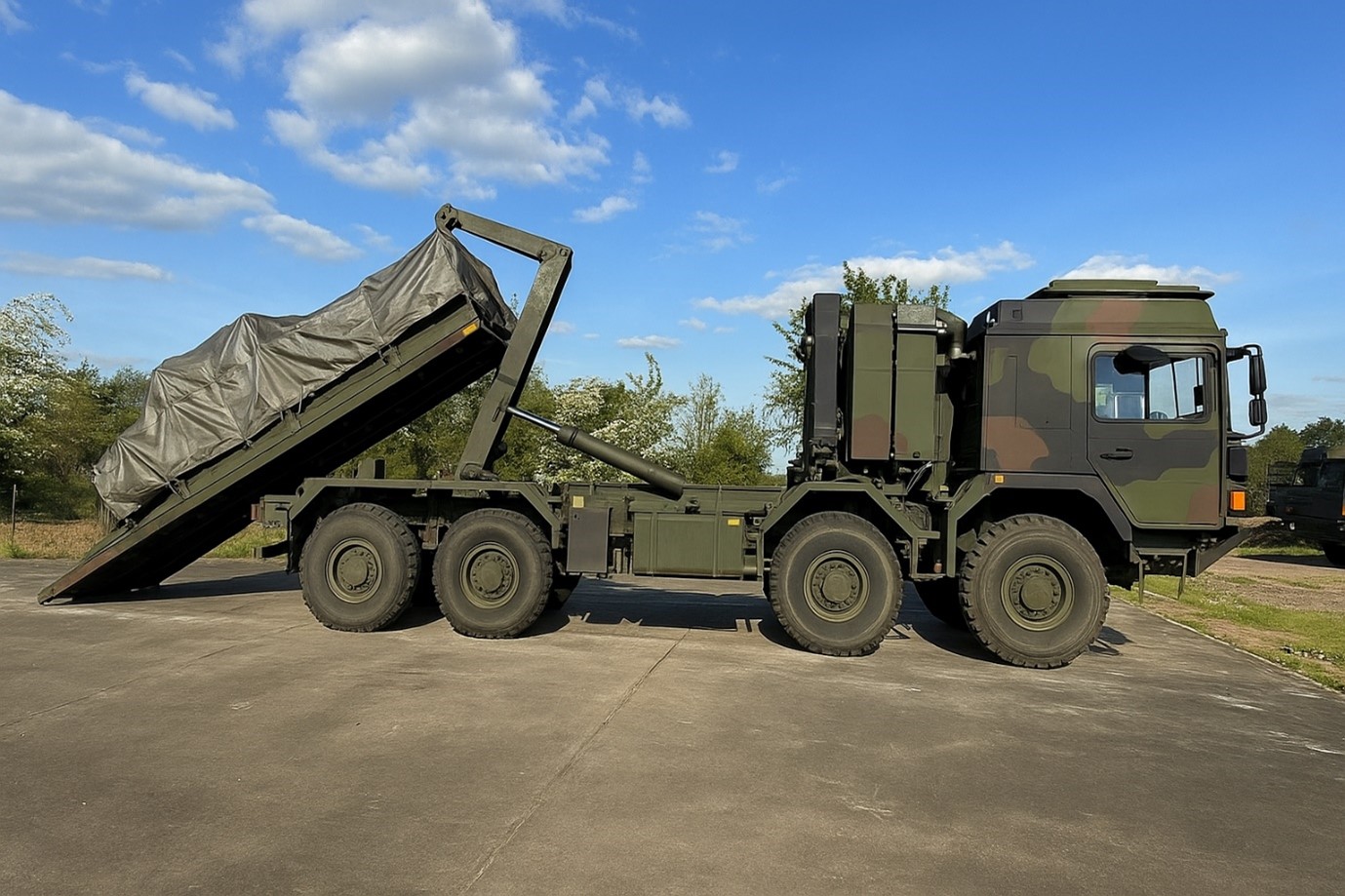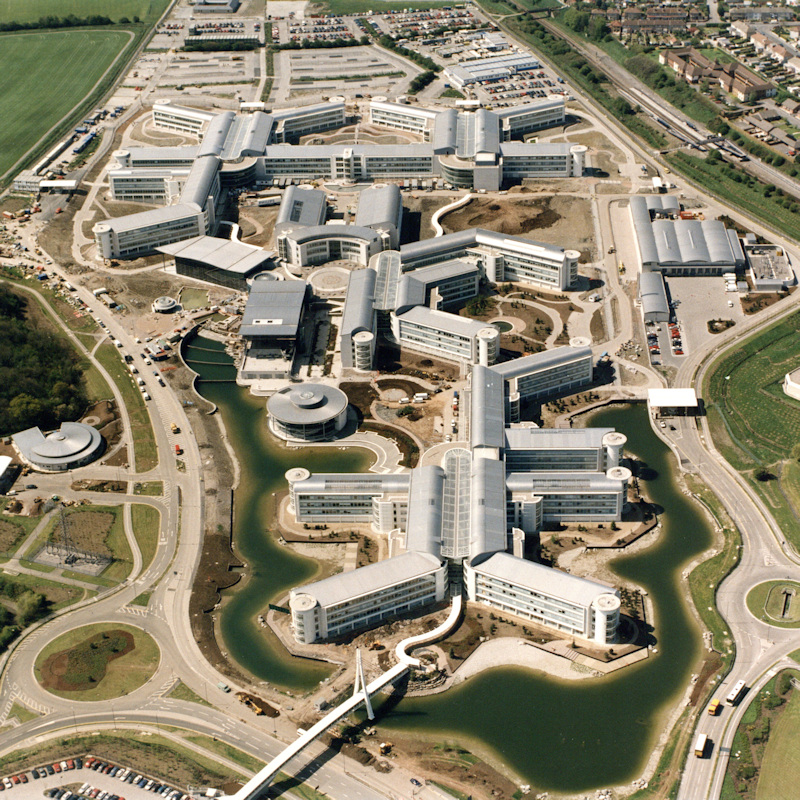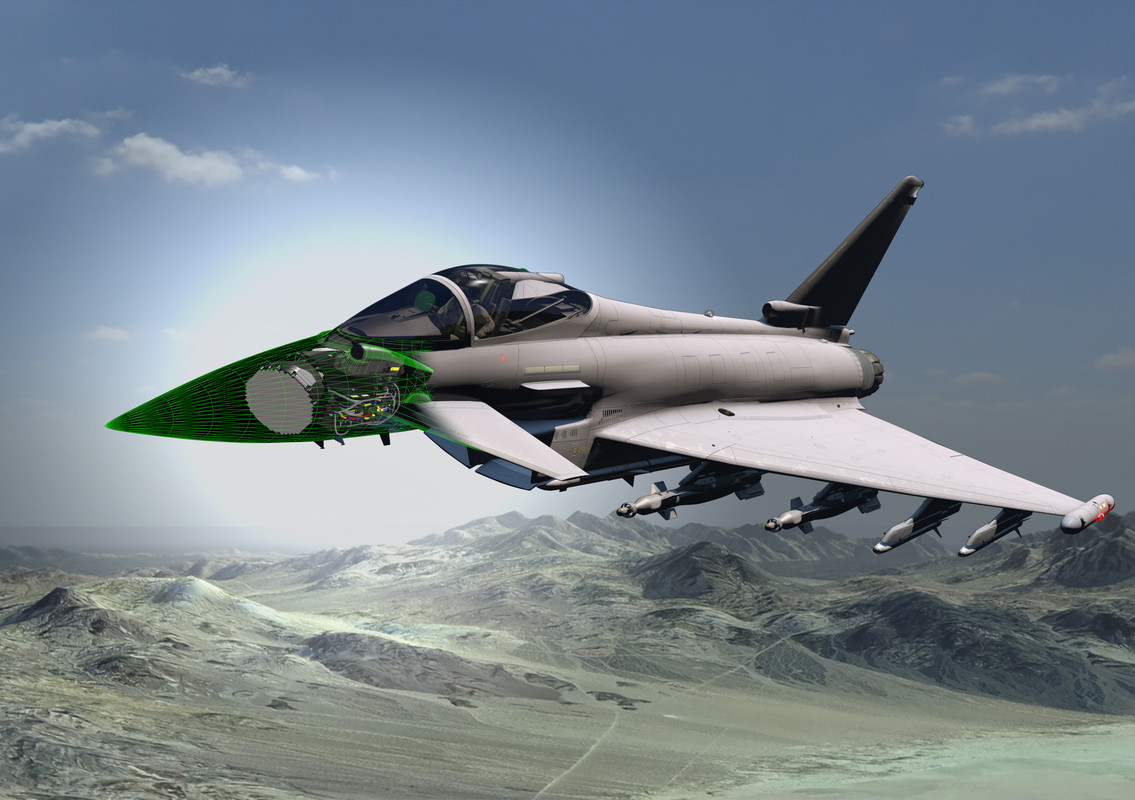Published 11 April 2024
Share this story
A mothership to host a suite of cutting-edge remotely-operated and autonomous systems to keep UK waters safe has been welcomed into the Royal Navy.
Royal Fleet Auxiliary’s Stirling Castle was procured at pace by DE&S’ for the Royal Navy’s Mine Hunting Capability (MHC) programme and will deploy the innovative systems to locate, identify and neutralise mines and other underwater explosive threats, particularly in UK waters, as well as gathering further critical data for analysis.
The 6,000-tonne vessel, which is due to begin operations later this year, was formally dedicated by His Royal Highness The Duke of Edinburgh during a high-profile ceremony at Leith which was also attended by Robert Aldridge, the Lord Lieutenant of Edinburgh and Commodore David Eagles, the Head of the RFA.
It’s the second high-profile Royal visit to the Royal Navy in Scotland in 24 hours; yesterday, Her Royal Highness The Princess Royal paid her first visit to new Type 31 frigate HMS Venturer under construction in Rosyth.
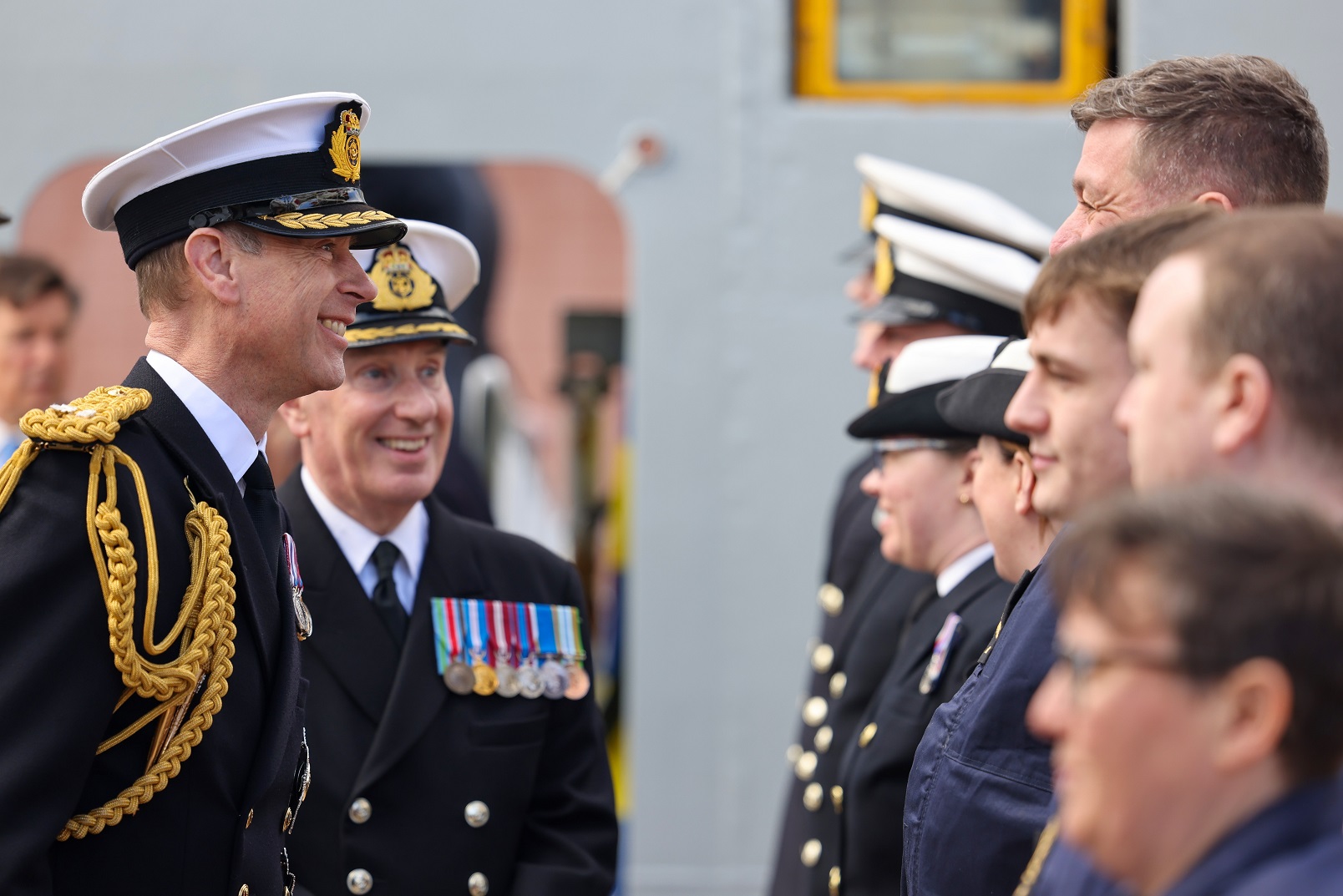
Gareth Morris, who led the RFA Stirling Castle’s procurement at DE&S, said:
“I was delighted to be there to see RFA Stirling Castle officially complete her award-winning acquisition and transformation journey from a commercial vessel to her new role as mine counter-measures mothership. Her future with the Royal Fleet Auxiliary will continue to evolve with innovative capabilities as she joins the Royal Navy fleet, defending the UK and its surrounding waters.”
Some of the new, high-tech, equipment includes Autonomous Surface Vessels and Uncrewed Underwater Vehicles (UUVs), which are also procured by DE&S, are capable of being operated remotely using a remote command centre.
Not only can the remote command centre be located onboard RFA Stirling Castle, but then new vessel can also be used to store, prepare, and deploy boats and UUVs on mine warfare and hydrographic survey tasks.
Andy Lapsley, DE&S Mine Hunting Capability (MHC) Team Leader, said:
“I am delighted that RFA Stirling Castle is now ready to begin intensive trials with Maritime Autonomous Systems. The coming year will see a large increase in volume and variety of equipment available to Royal Navy mission teams. Feedback from these trials will help to shape the next generation of maritime capability in Defence.”
During the ceremony Commodore Eagles, Head of the RFA, praised the efforts of all stakeholders including DE&S, saying:
“Bringing a ship into service is a demanding endeavour which relies on a diverse, multi-skilled team, strong leadership, and unflinching determination.
“RFA Stirling Castle is no different and I pay tribute to the men and women in the UK – military and civilian – who have contributed to this project and made today possible.
In particular,
“I would wish to reflect the efforts of all our partners across the Royal Navy and Defence Equipment and Support, along with our industrial partners and of course the ship’s company.”
RFA Stirling Castle began life as oil rig support vessel called MV Island Crown but was procured by DE&S and underwent extensive conversion at Devonport to transform her into the first RFA vessel dedicated to supporting mine hunting.
The ship is operated by 27 RFA officers and crew, augmented by 15 Royal Navy minehunting specialists on operations – with room onboard for up to 100 more personnel depending on the mission.
There are plans to acquire up to three additional ships to perform the role of mine countermeasures command and support from the mid-2020s.







